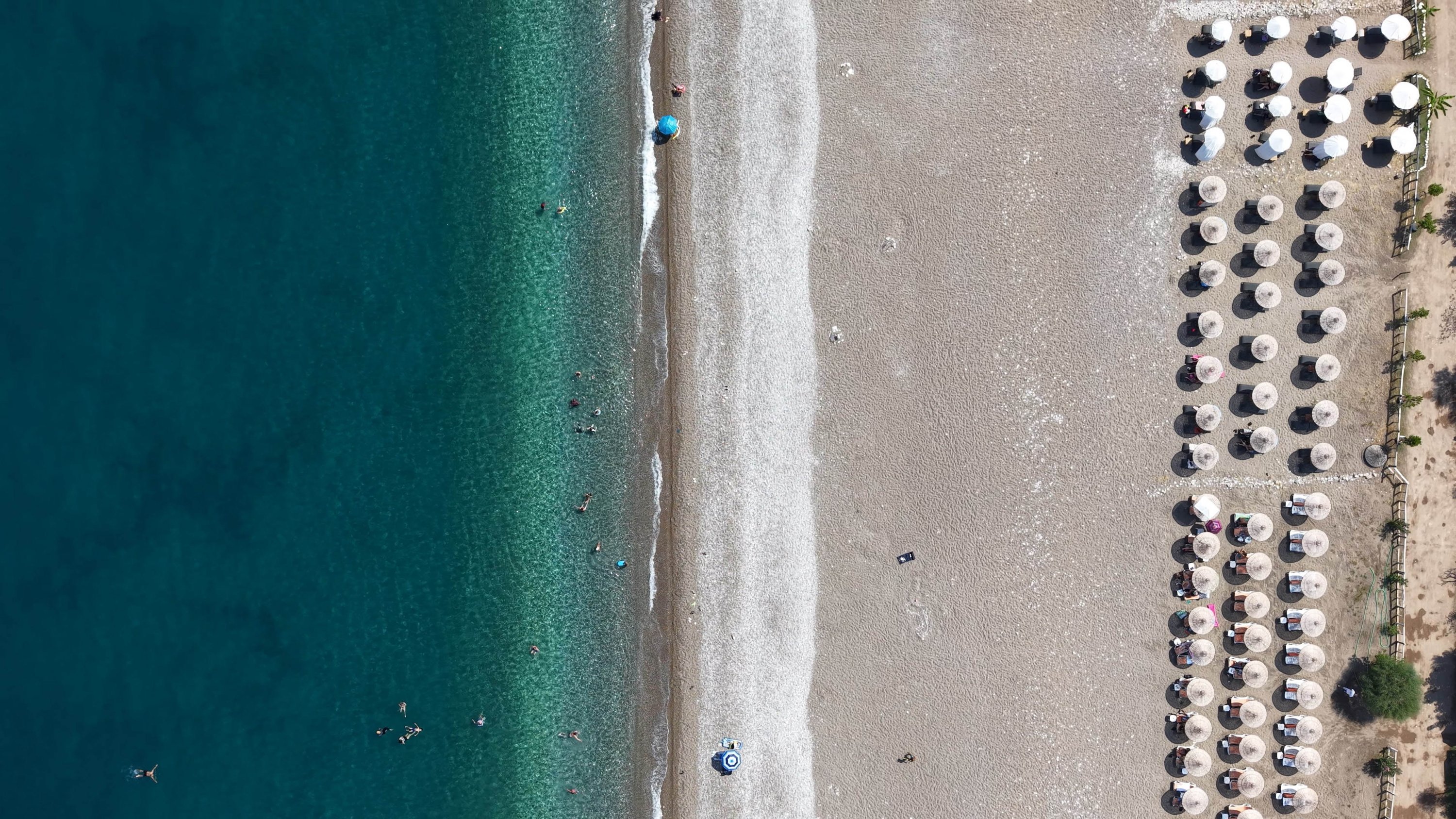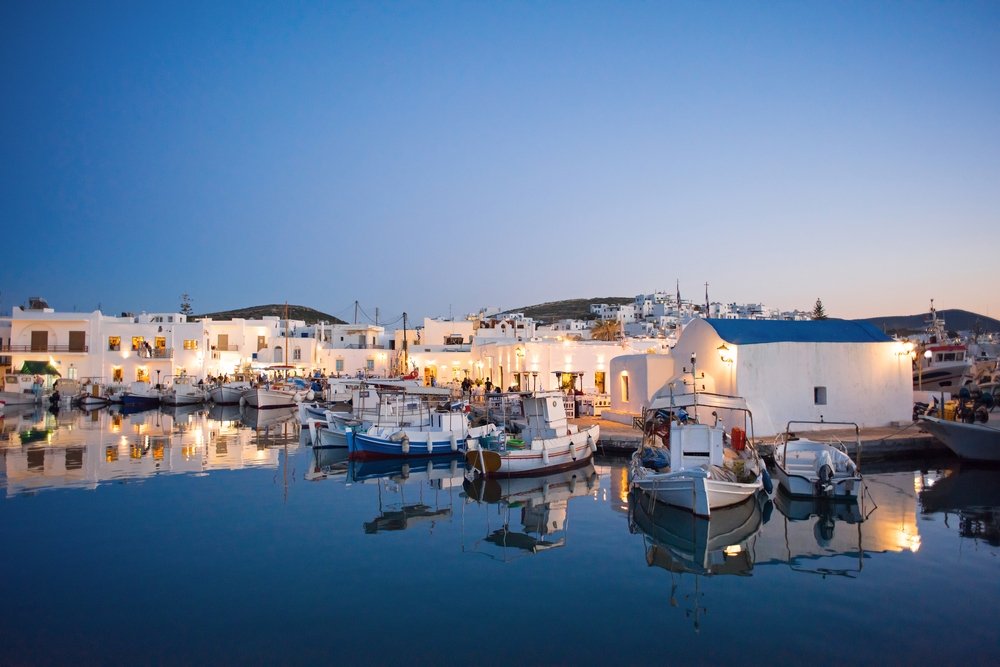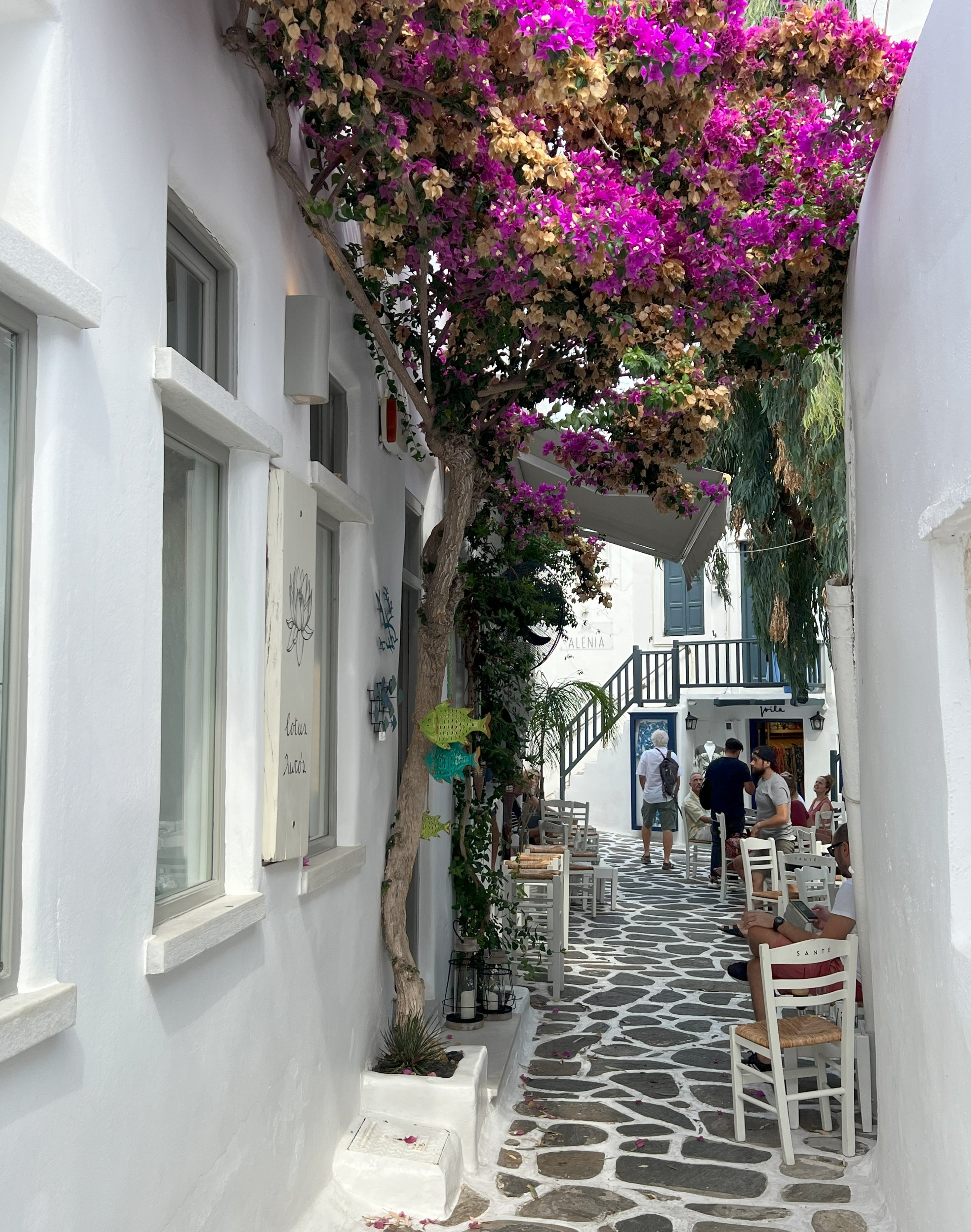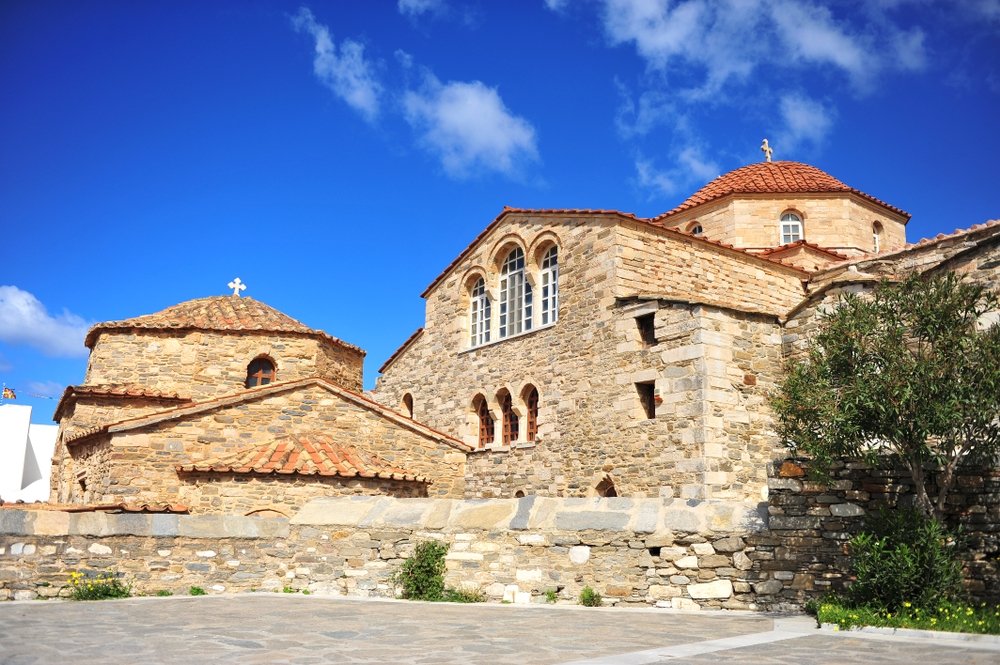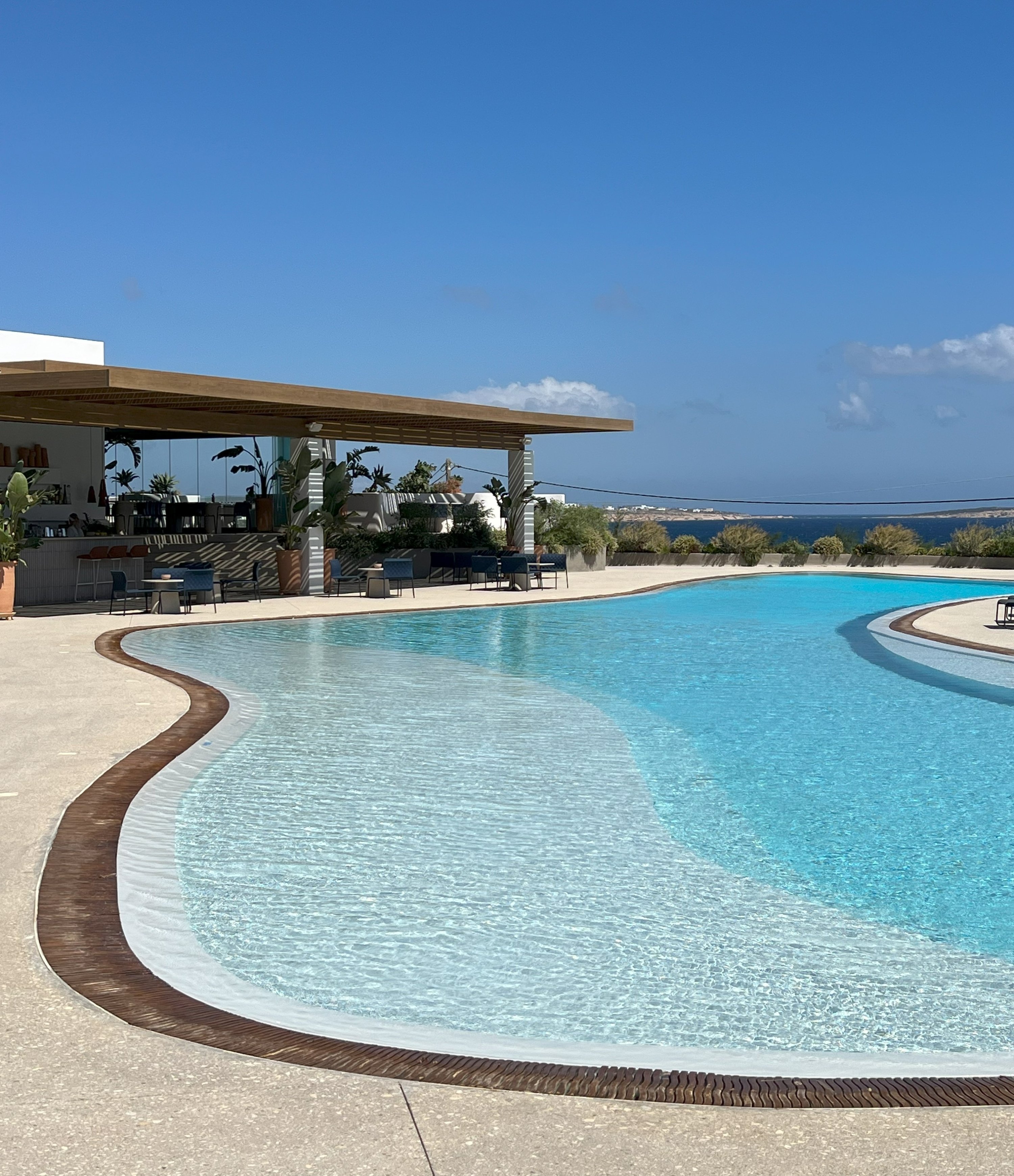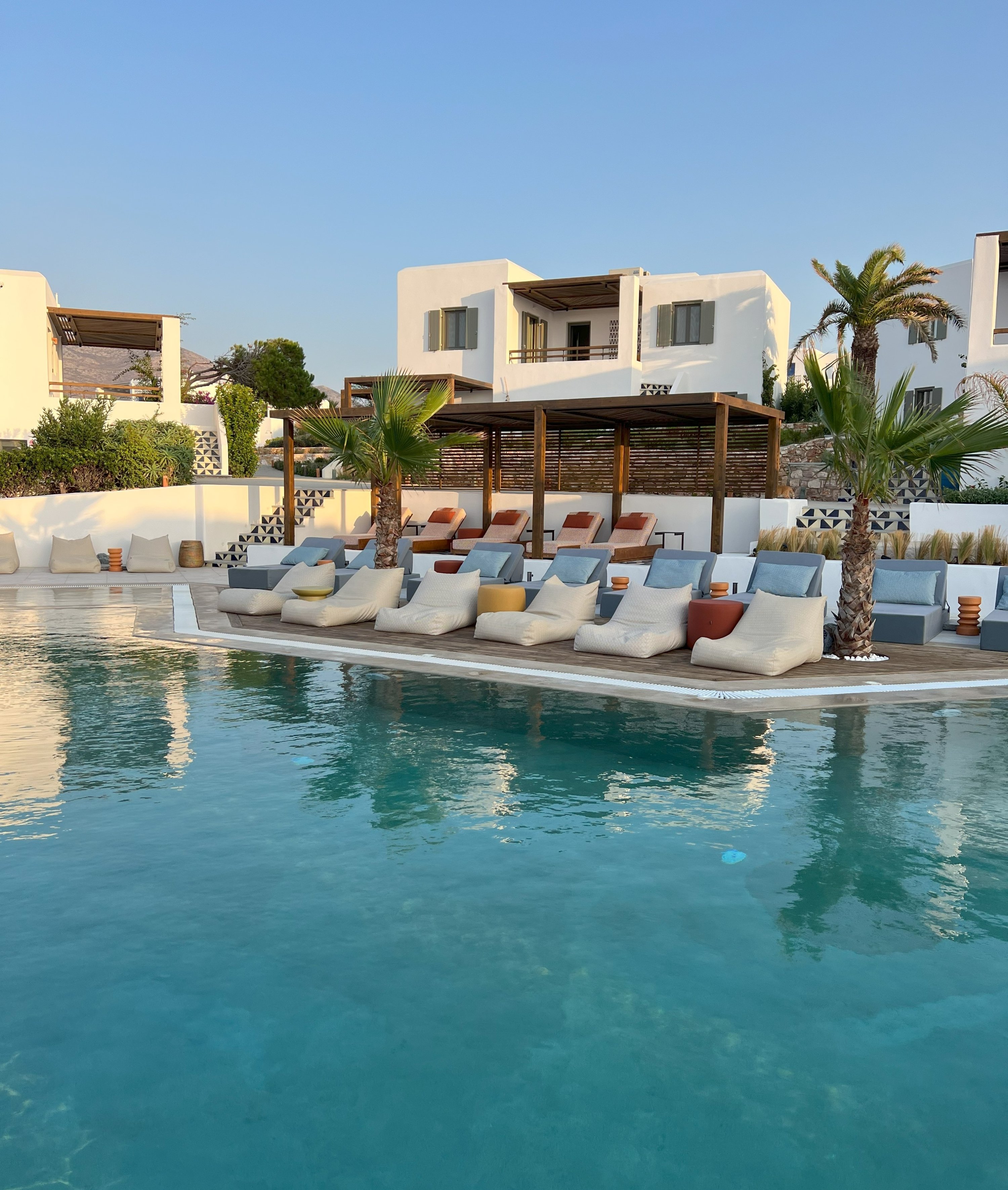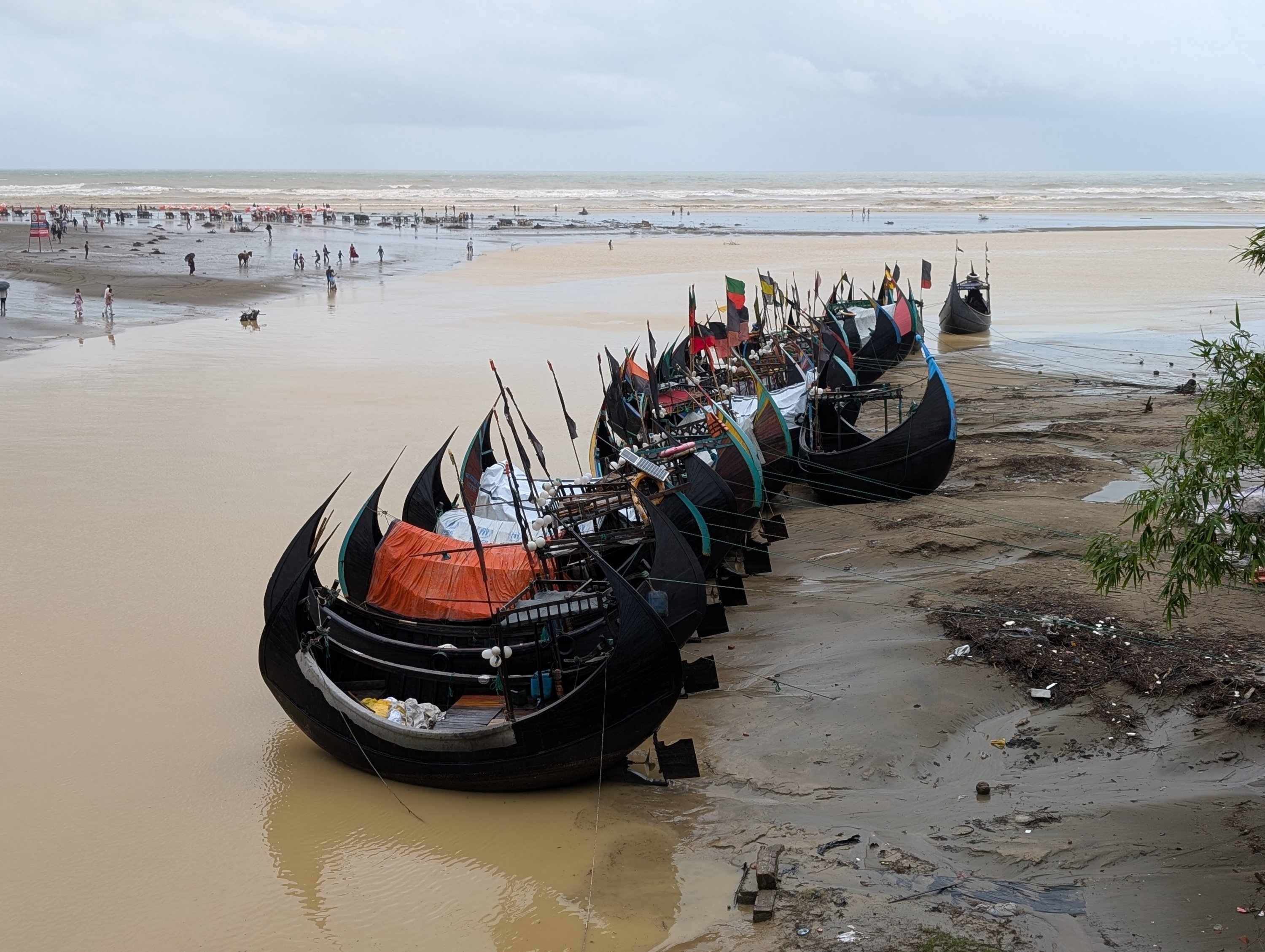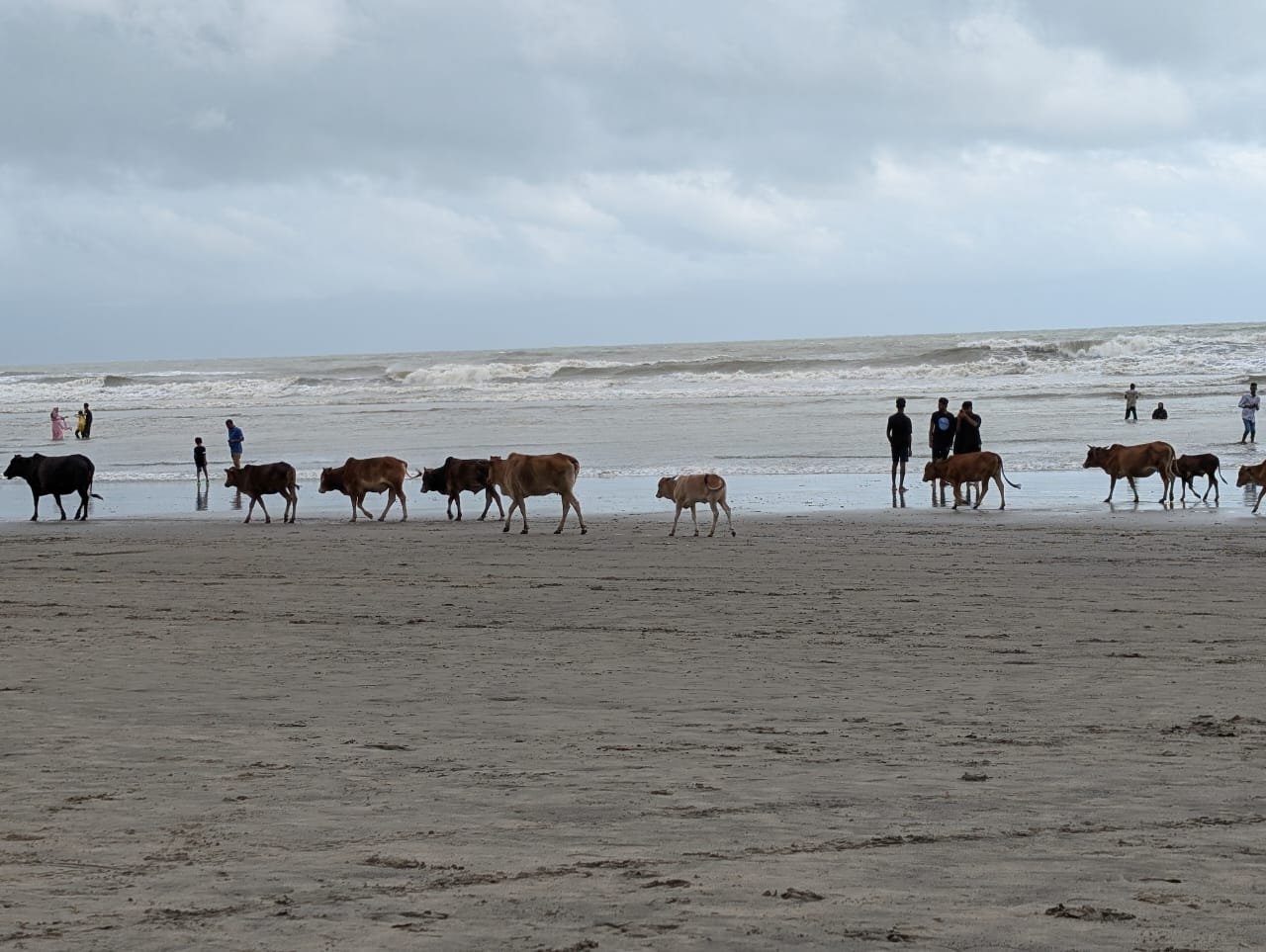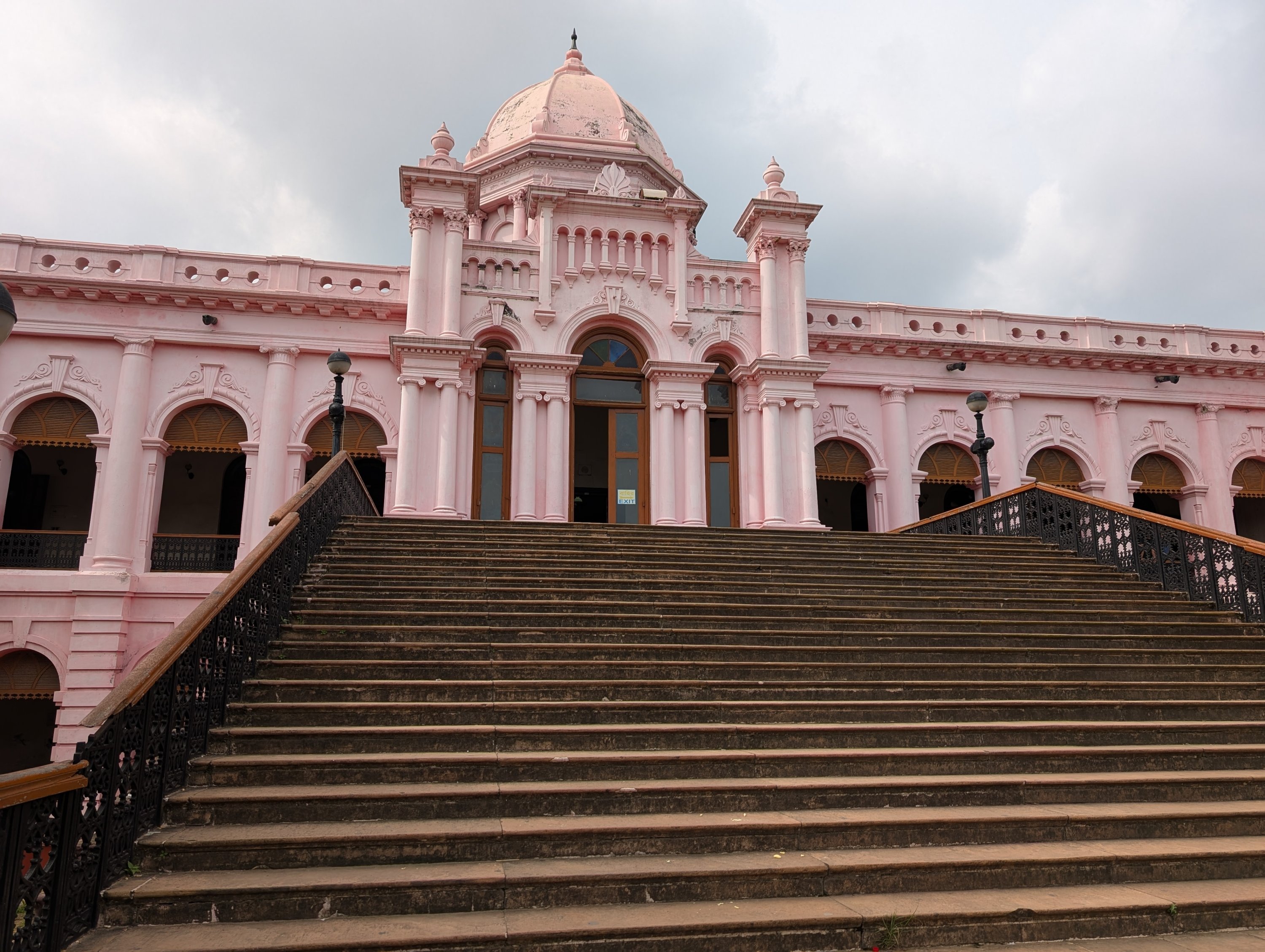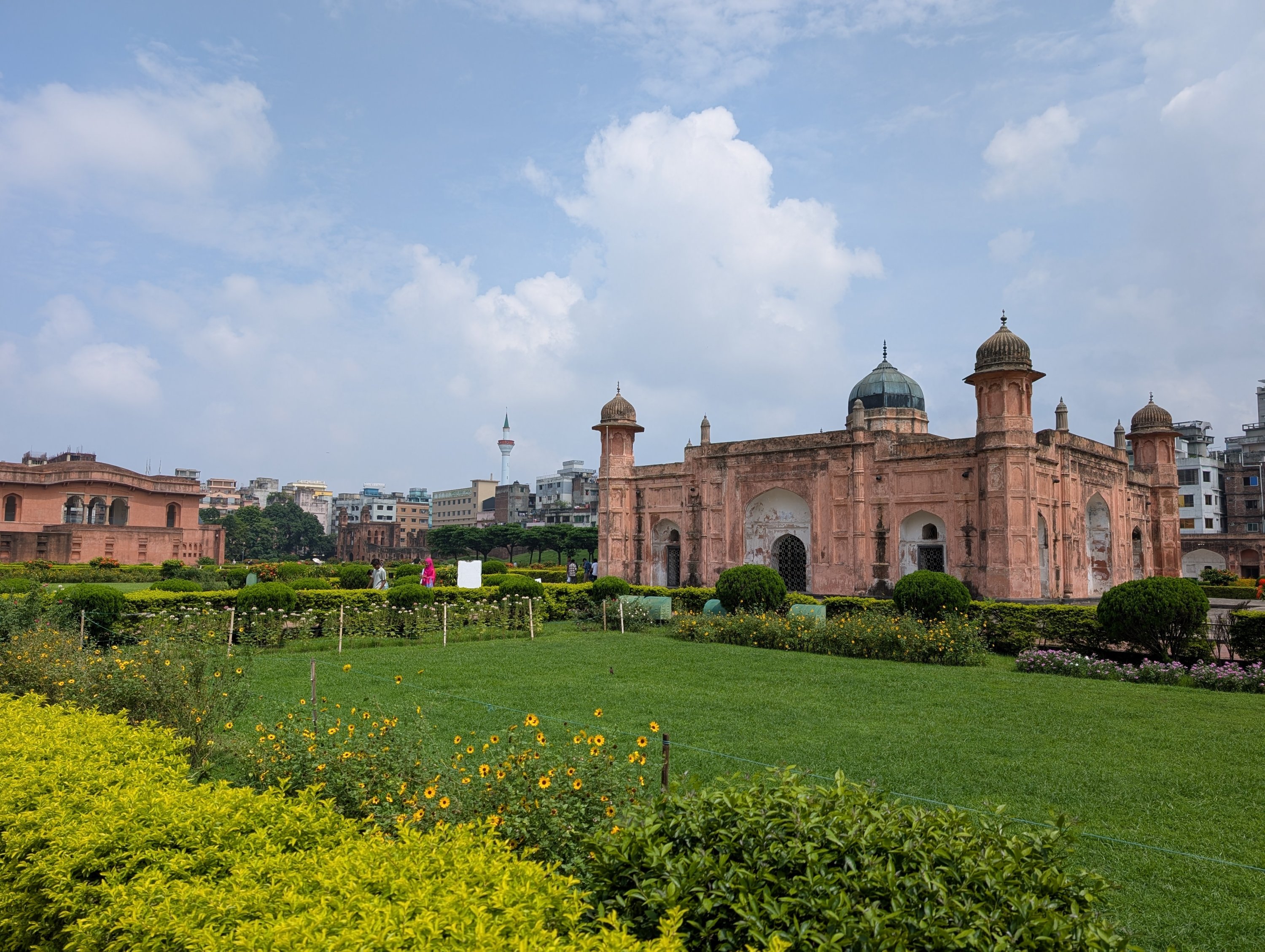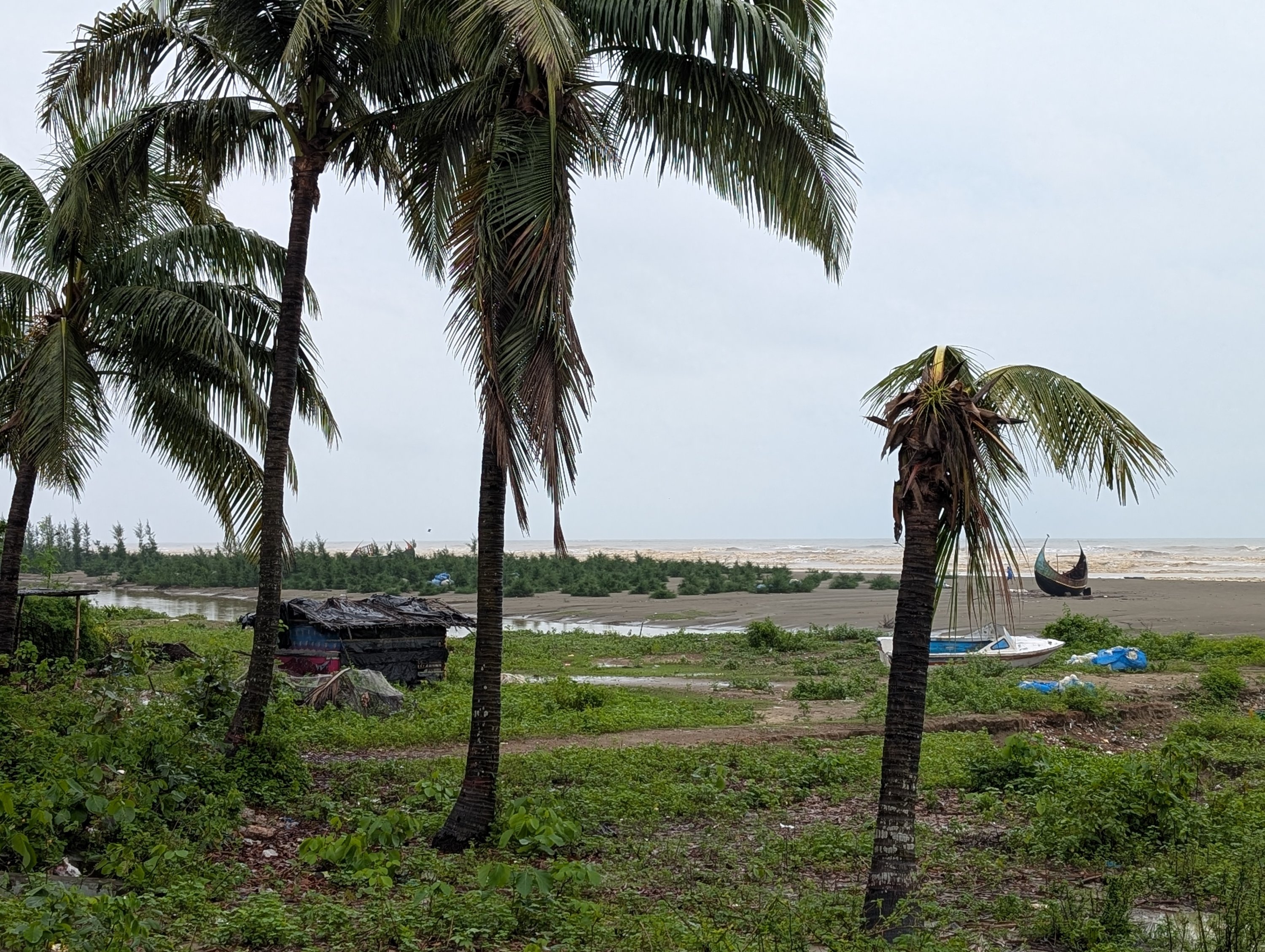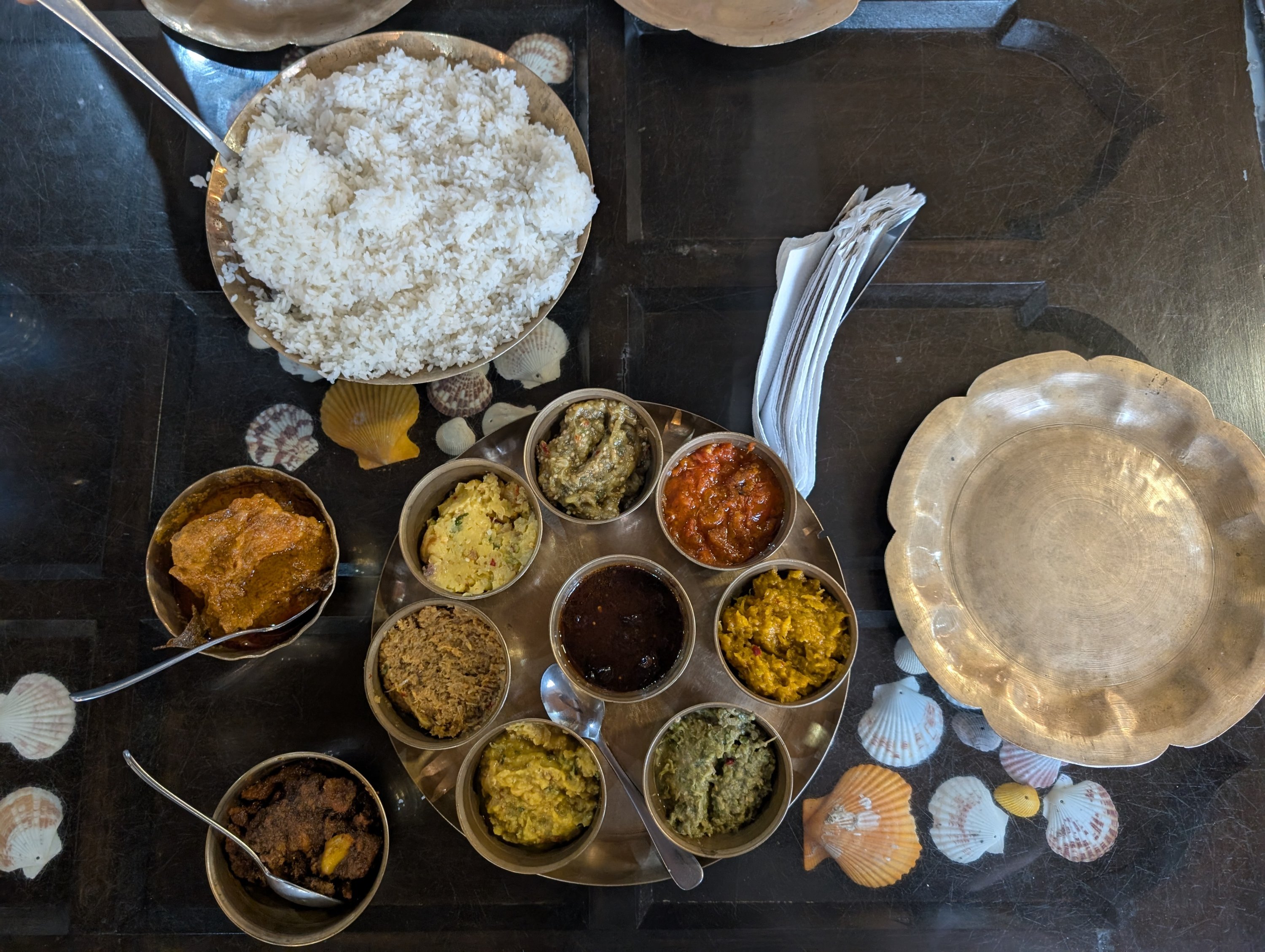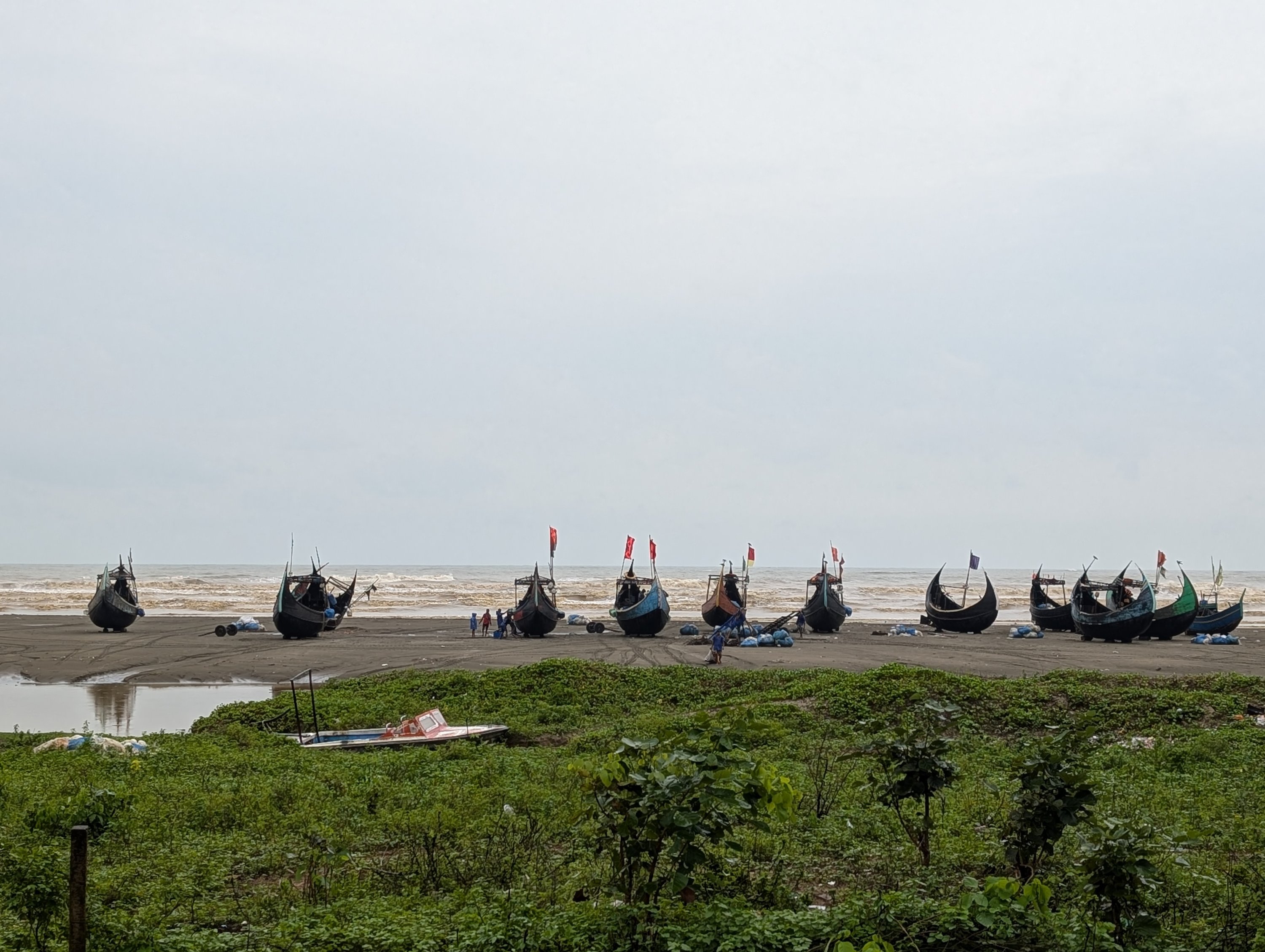Lifestyle
Nature as a manifestation of God
During the modernization process, Muslims sought to develop a rational understanding of nature by attributing their backwardness to an inherited misconception of the universe. Initially, they identified angels with the forces of nature and the good feelings in our hearts. Meanwhile, they reinterpreted jinn and devils as harmful thoughts within us or in our surroundings – even as microbes – thus stripping them of their individuality. Believing that our focus on the unseen world distanced us from nature and reality, they aimed to make the invisible visible, the unknown known, thereby elevating human responsibility and reason. To them, preoccupation with the unseen encouraged an escape from responsibility. By narrowing the influence of invisible beings in nature and life, they assumed they could expand the domain of the mind.
In mythological conceptions of the universe, a hierarchy of power governs the conflicts among beings, with order being established only through great struggle. Good and evil forces are in constant battle, and each entity possesses power in its own right. Even if these forces eventually converge, a structured hierarchy remains intact. The universe is divided between good forces – angels – and evil forces – jinn or devils. Humanity, caught in this war of powers, is helpless and oppressed. The only recourse is reason. Although this mythical language has evolved, it still persists in modern literature and cinema. No matter how much life changes, our perception of existence remains defensive: we continue to view the universe as a battleground between good and evil, unwilling to reach the root of the conflict.
Religion disrupted this cosmic vision by placing God at the center of existence, even identifying Him as existence itself and eliminating all secondary beings. Speaking of independent entities that possess power, engage in conflict, or act beyond control was deemed audacious against divine will. Everything is in its rightful place, and all is under the absolute control of divine will. If He wills something, it happens; if He does not, it does not. The universe belongs to God, and everything is under His command.
Such a perspective unites all opposites in a magnificent harmony, bringing them to a single point: submission and obedience to God without resistance. That humanity may fail to grasp this grand harmony does not justify alternative interpretations of reality. Within this understanding of the universe, beings exist only by divine will.
Consequently, belief in angels signifies the dissolution of any independent power structure in the universe for the sake of God. A believer, by affirming faith in angels, declares: “I reject the notion that anyone other than God has power. There is no god but God.” In other words, no one but Him has authority or command. God is One, and there is no other force or power besides Him. Yet, paradoxically, the word angel derives from a root meaning power or strength. Religion conveys this message: What you perceive as power is actually God’s power, and the angel represents this truth. Something is powerful only insofar as it is connected to and dependent on divine will.
Faith in angels negates the idea that the universe operates with independent forces, instead directly linking the world and nature to God’s absolute will. If God is closer to us than our jugular vein, then nothing can veil Him – except our own illusions. Every movement, every action and every being in the universe is a reflection of divine will and reveals God to us. Rain does not fall due to mere causality but rather through the agency of angels. Does such a perspective lead us into mythology? No! What prevents us from falling into illusions is our knowledge of God. With such a belief in angels, the possibility of engaging in scientific inquiry remains intact. The key issue here is whether we examine nature while taking God into account or ignoring Him.
This perspective grants us two things at once: First, it provides a strong motivation for exploring nature. Understanding nature is understanding God. This way of thinking teaches us the discipline required to study nature – a kind of etiquette of nature. Second, it allows us to establish a closer and deeper relationship with nature. Nature becomes our home and, in the process of research, even transforms into a sacred space where we remember God. Faith in angels tells us: Nature is not a mechanical factory!
Lifestyle
Türkiye’s Mediterranean paradise: Tourism spot for nature lovers
Nestled in Antalya’s Kemer district, Türkiye’s Mediterranean gem has become a favorite destination for both local and international travelers seeking serenity, natural beauty and a slower pace of life. With its crystal-clear waters, golden sandy beach and peaceful atmosphere, Çıralı offers a unique blend of nature and culture tourism, drawing in visitors from around the world.
Often referred to as one of the hidden paradises of the Mediterranean, Çıralı is a place where time seems to stand still. Vacationers can stay in cozy bungalows or boutique hotels that are carefully integrated into the lush natural surroundings. Family-run guesthouses offer travelers a taste of genuine Turkish hospitality, while boat tours provide an opportunity to explore untouched coves and secluded bays.
According to Derya Yavuz, a local bungalow owner, tourism in the area is steadily picking up:
“The sea is exceptionally clean and the nature is simply breathtaking. We don’t just sell rooms here-we earn a living thanks to the nature around us. That’s why we do everything we can to protect it.”
Çıralı is more than just a beach town. During spring and autumn, hikers flock to the area to walk sections of the famous Lycian Way, one of Türkiye’s most scenic trekking routes. Day trips to remote beaches, ancient ruins and charming coastal villages create an experience that’s both active and reflective.
But Çıralı is also a statement against mass tourism. Yavuz draws a clear line between Çıralı and the all-inclusive resorts found elsewhere along the Turkish Riviera:
“Unlike the big five-star hotels, we only offer bed-and-breakfast. I believe tourism should mean freedom. Here, guests can choose how they spend their day-maybe fresh fish at a seaside restaurant or traditional gözleme made by a local villager. It’s about experiencing real life, real food and real people.”
Perhaps what makes Çıralı so special is its commitment to preserving its natural and cultural integrity. There are no concrete high-rises here-just individual wooden bungalows scattered among trees. Each one is self-contained, featuring modern amenities such as private bathrooms, air conditioning, and refrigerators, while still completely immersed in nature.
“People come here to escape the city, to quiet their minds,” says Yavuz. “It’s also great for families-no traffic, no stress. Children are free to run to the sea and back, all day long.”
In Çıralı, green meets blue and every sunrise promises not just a beautiful day, but a deeper connection with the world around you.
Lifestyle
Side Ancient City’s nighttime glow captivates visitors in Türkiye
The Side Ancient City in Manavgat district of Antalya, located in Türkiye’s Mediterranean region and bearing traces from the Late Bronze Age, Hellenistic, Roman and Byzantine periods, now welcomes visitors after dark through the “Heritage for the Future Project.”
Situated in the ancient region of Pamphylia and historically one of the most important port cities, Side has been the focus of continuous archaeological excavations since 1947. These ongoing digs have uncovered priceless artifacts each year. Among the city’s treasures are the ancient temples of Athena and Apollo, dating back over 2,000 years, which still reflect the grandeur of their time.
As part of the Ministry of Culture and Tourism’s “Heritage for the Future Project,” the Side Ancient City has been beautifully illuminated, transforming the site into a mesmerizing spectacle after sunset. Nighttime visits have become popular among both local and international history enthusiasts, especially during the hot summer months when daytime temperatures can be overwhelming.
The majestic temples and historic ruins, bathed in light, offer visitors an unforgettable visual feast.
Ahmet Özden, board member and representative for the Mediterranean Region, told the Anadolu Agency (AA) that the Ministry’s project represents a significant investment in cultural tourism.
Özden emphasized that Side is a key ancient city within this initiative, noting that recent efforts have completely transformed the site’s appearance.
He explained that the city has begun to attract more tourists, especially in the peak months of June, July and August. “Due to high temperatures during the day, tourists visiting Antalya often find it difficult to explore ancient sites. They tend to avoid such excursions in the heat. But since the introduction of night visits starting at 5 or 6 p.m., Side has seen a lively buzz of activity,” Özden said.
He added that the lighting has given the ancient city a striking new look, with the Apollo Temple becoming a favorite spot for photography enthusiasts.
Tourism professionals have expressed satisfaction with the concept of the night museum. Özden shared: “We receive positive feedback from vacationers, which makes us happy. Nighttime visits have also contributed to a boost in the local economy. Previously, we mostly sold sun, sea and sand tourism; however, recent investments in cultural tourism have diversified the sector. There are travelers worldwide who prioritize history and culture and Türkiye is increasingly becoming a top destination for these tourists.”
He also noted that diversifying tourism has helped extend the travel season.
Visitor Gökay Demirel praised the night museum experience as highly beneficial. Citing the difficulty of exploring the site comfortably during scorching daytime heat, Demirel said: “In extreme heat, people prefer to stay indoors. Visiting the ancient city was less appealing before, but the illumination and ability to tour at night have delighted history lovers like us. We enjoy wandering the city and learning about its historical remains.
Lifestyle
National Geographic highlights magic of Cappadocia
The world-renowned media organization National Geographic has garnered international attention to the heart of Cappadocia, a popular tourist destination in central Türkiye, through a captivating video shared on its Instagram account, which boasts over 46 million followers.
The video, a visual celebration of the region, features everything from vibrant hot air balloons painting the skies to centuries-old rock-carved churches and offers viewers a breathtaking glimpse into Cappadocia’s otherworldly beauty.
But it’s not just about the visuals. The production also highlights efforts to preserve Cappadocia’s cultural and natural heritage, a message that resonated deeply with viewers and earned widespread praise across social media.
Cem Aslanbay, director of the Cappadocia Area Presidency, emphasized the importance of this global exposure, calling it a milestone for the region.
“Cappadocia is not merely a land that holds the traces of the past – it is a universal heritage to be passed on to the future. Being featured on such a prestigious platform as National Geographic gives us a unique opportunity to share this legacy with the world,” he explained.
Aslanbay also stressed that the significance of this feature goes beyond tourism. It serves as a critical moment for raising awareness around sustainability and cultural preservation.
“We view such international promotions not only as tourism invitations, but also as key opportunities to highlight the need for protecting our cultural heritage and ensuring its transmission to future generations,” he said.
In alignment with the strategic goals set by the Ministry of Culture and Tourism, the Cappadocia Area Presidency affirms that its promotional efforts will continue uninterrupted – striving to spotlight every corner of this extraordinary landscape.
Lifestyle
Nature lovers find refuge in Bosnia’s Blidinje Park, Dreznica River
With the arrival of summer, Blidinje Nature Park and the Dreznica River – two of Bosnia-Herzegovina’s hidden natural treasures – are emerging as top destinations for both domestic and international tourists.
Visitors seeking to escape the crowds are increasingly drawn to the serene landscapes of southern Bosnia-Herzegovina, where Blidinje and Dreznica offer pristine nature and tranquility.
Declared a nature park in 1995, Blidinje is nestled between the Cvrsnica and Vran mountains. It has become one of the country’s most visited spots thanks to its rich biodiversity and scenic surroundings.
The park is also home to Blidinje Lake, the largest mountain lake in Bosnia-Herzegovina. Its fresh air and unspoiled environment make it a popular summer retreat.
Among Blidinje’s key attractions are 150 medieval tombstones, known locally as “stecci.” These ancient stone monuments, designated as a National Monument of Bosnia-Herzegovina, offer visitors a glimpse into the region’s storied past.
Located near the towns of Jablanica and Mostar, the park attracts hiking enthusiasts, many of whom ascend Cvrsnica Mountain to reach Hajduk Gate –a natural rock formation that offers breathtaking views from the summit.
Turquoise waters
North of Mostar, the Dreznica River winds through dense forests and rugged cliffs, mesmerizing visitors with its turquoise waters and crystal-clear streams.
A tributary of the Neretva River, Dreznica has gained attention in recent years as one of the country’s hidden jewels. While long cherished by locals, it has become a favorite among tourists as well.
The river, which creates natural pools among the rocks, is often described as “magical” by those who visit. Nearby, travelers can also explore three waterfalls, each ranging from 10 to 12 meters (33 to 39 feet) in height.
Dreznica offers a peaceful setting, far from the noise and bustle of city life – a place where nature lovers can relax and reconnect with the outdoors. The area continues to attract a growing number of visitors each year.
As they explore southern Bosnia-Herzegovina, tourists are increasingly venturing beyond the well-known sites to discover the country’s lesser-known natural wonders.
Lifestyle
Planning Paros: Traveler’s guide to Greece’s chicest island escape
Located in the southeast of Greece, nestled among the Cyclades Islands, Paros is emerging as a true gem of the Aegean. As the third largest island in the Kyklades group, Paros is a harmonious blend of nature and elegance. Imagine beaches where every shade of blue dances in crystal clear waters, valleys blanketed with vineyards and olive groves, charming fishing villages and postcard-perfect white and pastel-hued houses. This is where simplicity meets sophistication.
You can reach Paros from Istanbul via a connecting flight through Athens with Turkish Airlines (THY) and its Star Alliance partners on one itinerary, or you can book your tickets separately: one for the Istanbul-Athens leg and another for the Athens-Paros flight.
Paros is well connected via a small domestic airport, linking effortlessly to Athens and Thessaloniki through reliable carriers like Aegean Airlines and Sky Express. The flight from Athens takes just 45 minutes, making it a quick escape. In high season, daily flights are frequent, but booking ahead is a smart move as seats tend to sell out fast.
For a slower, scenic journey, ferries to Paros from Athens is a great option. Depending on the route, the ferry ride takes around three to 4.5 hours, offering a more relaxed introduction to the island’s magic.
Two souls of Paros
Paros offers something for every type of traveller. Whether you’re seeking a serene retreat, an active escape with diving and windsurfing, or a vibrant nightlife experience, Paros accommodates all moods effortlessly. The island revolves around two main hubs: Parikia, the main port and capital, and Naoussa, its lively and stylish northern village.
Step into Naoussa and you’re instantly transported to a Cycladic dream. With its whitewashed houses, cobblestone alleys, blue-domed churches and a harbour that glows with life, Naoussa exudes timeless Greek charm. At the port, you’ll often see freshly caught octopus hanging in the sun, while the nearby Venetian castle offers sweeping views over the village, framed by bougainvillea-covered houses and the endless Aegean. Don’t miss a walk up to Faneromeni (Panagía) Church perched on a hill, it’s the perfect sunset viewpoint with breathtaking panoramic views.
Parikia, on the other hand, is the island’s beating heart. With its traditional Cycladic architecture, picturesque promenade, golden sunsets and lively town square, it offers the perfect balance of energy and relaxation. This is where most ferries arrive, making it the practical entry point to Paros and a vibrant base for exploring the island.
At its center lies the historic Ekatontapiliani Church, the “Church of a Hundred Doors,” a Byzantine masterpiece dating back to early Christianity. Meander through Parikia’s labyrinthine streets, filled with charming shops, inviting cafes and buzzing tavernas. Nearby, several beautiful pebble sand beaches offer plenty of swimming options, while the hilltop castle built in 1260 by Duke Sanoudos adds a touch of history. Today, Parikia is home to around 5,000 year-round residents and remains the cultural and historical soul of the island.
Parocks Hotel & Spa
A beacon of elegance among Paros’s luxury offerings, Parocks Hotel & Spa is a five-star boutique escape with just 40 rooms and suites, making it an ideal sanctuary for couples and honeymooners. Nineteen of the rooms boast private Jacuzzis, while 13 feature private pools. The eight spacious suites take it a step further, offering fully private plunge pools.
The heart of the hotel is its stunning restaurant and poolside bar the perfect spot to watch the sun dip into the sea while sipping a signature cocktail. Just 5 kilometers (3.11 miles) from Naoussa, Parocks is nestled in a peaceful corner of the island, yet close enough to the action. With its minimalist design and focus on tranquillity, it offers the perfect retreat for those seeking seclusion with a touch of indulgence.
For those wanting to explore more freely, renting a car or scooter is highly recommended. Paros is dotted with idyllic beaches and scenic coastal drives and given the limited number of taxis, having your own transport is a major plus. Parocks Hotel is located about 22 kilometers from Paros National Airport.
Andronis Minois Hotel
A newcomer to the island’s luxury hotel scene, Andronis Minois opened its doors in 2023 and is already making waves. With 44 suites and rooms, the hotel is part of the prestigious Small Luxury Hotels (SLH) collection. Located just five minutes from the airport and 10 minutes from Parikia, it offers both convenience and seclusion.
Perched on rocky cliffs near the 300-meter-long (984.25-foot-long) Parasporos Beach, the hotel offers quick access to several other beaches on the island. Rooms come with private balconies or terraces and select suites feature expansive pools and panoramic sea views.
The in-house restaurant, OLVO, is helmed by chef Tsantilas. Expect an exceptional culinary journey blending refined Greek Flavors with contemporary flair. Be sure to book a table for dinner, as the sunset here is a visual not to miss and the food is a gastronomic feast.
What makes Andronis Minois especially memorable is its warm hospitality and relaxed ambiance, it feels less like a hotel and more like your home away from home.
Lifestyle
Journey through Bangladesh’s green heart to world’s longest beach
What began as an idea to explore the world’s longest beach turned into a fabulous tour of beautiful tropical green, pastoral landscapes criss-crossed by rivers, wonderful cuisine and an exciting shopping scene.
Surprising start
I arrived in Dhaka immediately after Qurban Bayram, also known as Eid al-Adha, to escape the megacity as quickly as possible to the serene coast of Cox’s Bazar in the southeast.
Lo and behold, despite Dhaka’s image as a traffic-clogged place, I mostly encountered clear roads. Cars zipped by in Banani and Gulshan, two of Dhaka’s top neighborhoods and battery-powered cycle rickshaws ran smoothly. These rickshaws, which were previously pedal-driven, enjoy a kind of heritage status in the metropolis of 23 million.
So, what happened to the traffic congestion Dhaka residents always complain about?
“You will see when you return from your beach holiday. Half of Dhaka is empty because of the Eid holiday,” a Bangladeshi friend told me.
It was due to holiday demand that I struggled to book a beach hotel in Cox’s Bazar in time. Combined with the weekend, it became an extended Eid holiday, so it dawned on me that I would have to cool my heels in Dhaka for a couple of days more.
City exploration
I got busy exploring the modern neighborhoods as well as Old Dhaka. Despite “half of Dhaka” being empty, the city’s famous shopping haven – comprising New Market, New Super Market, Chandni Chowk and Gausia Market – was full of people. It is a shop-till-you-drop scenario.
Shops and stalls in this area offer a wide range of products, including household items, garments, shoes, gifts, electronics, jewelry and books. However, eateries offering tasty quick meals and refreshments in the area will make sure your energy levels do not drop.
Dhaka’s major shopping options include Bashundhara City Mall, Jamuna Future Park (the largest mall in Bangladesh), Police Plaza Concord Shopping Mall and Pink City Shopping Complex in Gulshan. If you are not flying directly from abroad to Cox’s Bazar, then it is a good idea to travel light and buy clothes in Dhaka. Bangladesh is the world’s largest apparel exporter after China and has an extensive variety of clothing in its domestic market.
Cultural, historic gems
I also used the extra time I had in Dhaka to visit the majestic heritage site of Ahsan Manzil, where Dhaka’s erstwhile nawabs lived, Panam Nagar’s abandoned settlement and the Taj Mahal imitation near Sonargaon, a historic city about 35 kilometers (21.7 miles) from the capital.
As the new week began (Sunday is the first day of the week in Bangladesh), those who had left to celebrate Eid in their hometowns began to return. Traffic in Dhaka got heavier, but I was in a lighter mood, having finally found a hotel in Cox’s Bazar’s popular hotel and motel zone.
Journey to the longest beach
I traveled there on a luxury bus, with the journey through the pleasant tropical green taking more than 10 hours to cover a distance of 390 kilometers (242.34 miles). My hotel was within easy walking distance from Laboni beach. The sandy stretch between Laboni and Kolatoli beach, with Sugandha placed in the middle, is highly popular. The entire zone is designed to cater to tourists of every budget.
You can rent deck chairs to relax on the beach if you do not walk or dip your feet in the surf. Tender coconuts with high water content are readily available throughout Bangladesh, and they appear to be the freshest in the coastal regions.
Flavors of Cox’s Bazar
Whether at hotel restaurants or in the market, you’ll find flavorful dishes showcasing local ingredients.
The Jol Torongo hotel on Laboni beach is an exciting place for Bangladeshi and Asian cuisine. Its large Bay View and Bay Terrace restaurants offer sea views and the grill shop is right next to the beach for barbecue lovers.
One of the meals I enjoyed most was lunch at Palongki restaurant. Palongki Inani lives up to its reputation of being an “authentic Bengali food restaurant.” My family and I ordered the curries (fish, beef and chicken) along with rice and the “Ashtobhuja” platter, which consists of eight types of bharta (a mashed dish) and bhaji (a vegetable dish), as suggested by restaurant manager Adnan Kabir.
Jalebi and rasgulla (a dumpling dipped in syrup), or roshogolla, are Bengali sweets, but they tasted superb at this place. It was situated in a wonderful setting, with only the road separating the dining area from the sea.
Jafar, whose “CNG” (a motorized rickshaw) we had hired from Cox’s Bazar, seemed to know all the interesting places in the area, and the restaurant was his best recommendation.
Adnan also informed me that Palongki (also known as Palongkee) is an old name for Cox’s Bazar, which is named after Capt. Hiram Cox, an officer of the British East India Company. A market was established and named after Cox to honour him for his work in refugee rehabilitation during that time, according to information on the Bangladesh Tourism Board website.
Between beauty, crisis
While Hiram Cox lived in the 18th century, Cox’s Bazar is bravely tackling one of the biggest contemporary refugee problems. The region bordering Myanmar hosts a million refugees of the Rohingya ethnic community who have fled a campaign of genocide and ethnic cleansing in Myanmar.
Therefore, Cox’s Bazar is regularly in the news owing to developments related to the Rohingya humanitarian crisis. Various high-profile visits have highlighted the issue globally. Turkish first lady Emine Erdoğan visited in 2017 and U.N. Secretary-General Antonio Guterres was there in March 2025 on a mission of solidarity during the holy month of Ramadan.
This region, renowned for its stunning beauty, deserves wider publicity, particularly for its numerous tourist attractions.
Coastal wonders
The 30 kilometers I traveled, mostly along the coast, between Cox’s Bazar and Inani Beach, were dotted with secluded resorts and busy picnic spots amid empty sandy stretches. On one side was the alluring sea and on the other, verdant tropical vegetation. I saw some parasailing points along the way.
There were lovely sampan boats lined up in rows in specific locations. These traditional wooden boats pay homage to Bangladesh’s maritime heritage.
Due to the monsoon season, some excursions were suspended, the hotel’s tour desk informed me. I wanted to go on a day trip to St. Martin’s Island, Bangladesh’s only coral island in the Bay of Bengal. It is almost 10 kilometers from Teknaf on the mainland. Traveling to Teknaf itself, approximately 80 kilometers from Cox’s Bazar, means covering a significant portion of the longest beach and enjoying more of the region’s incredible scenery.
-

 Economy3 days ago
Economy3 days agoTürkiye says defense exports to ‘easily’ exceed $8 billion in 2025
-

 Daily Agenda3 days ago
Daily Agenda3 days agoMartyr Akut staff was sent off on their last journey
-

 Daily Agenda3 days ago
Daily Agenda3 days agoNew Stage in the ‘Peace Desk’: Three working groups will be established
-

 Daily Agenda2 days ago
Daily Agenda2 days agoLast minute | Historical moments in the defense industry: 48 signatures were signed for the sale of Kaan
-

 Daily Agenda3 days ago
Daily Agenda3 days agoLAST MINUTE! Here is the new missile of Türkiye Gökhan: Defense Industry Historical Moments
-

 Daily Agenda3 days ago
Daily Agenda3 days ago4 countries came together during the historical meeting in Istanbul
-

 Daily Agenda3 days ago
Daily Agenda3 days agoCHP’li Deniz Yavuzyılmaz’s lies even Gok rebelled! Algorithms know the truth, the CHP distortes…
-

 Daily Agenda3 days ago
Daily Agenda3 days agoJustice Minister Gaziantep spoke in Gaziantep: “Türkiye will be without terrorism”


